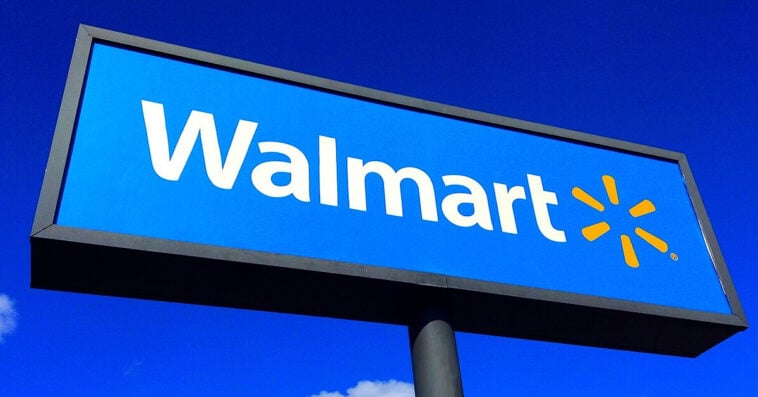Say goodbye to endless scrolling and clunky checkout pages — the future of e-commerce just got conversational. In a groundbreaking move set to reshape online shopping, Walmart has teamed up with OpenAI to bring its vast product catalog directly into ChatGPT, allowing users to browse and buy with simple, natural conversation. Keep reading to discover how this powerful partnership could transform the way consumers shop and whether it marks the beginning of a new era in online shopping.
Walmart teams up with OpenAI to bring shopping directly into ChatGPT
OpenAI and Walmart are joining forces to make online shopping more seamless than ever, allowing customers to make purchases directly within ChatGPT. The collaboration represents a major step in OpenAI’s ongoing effort to transform its chatbot into a digital storefront — and a new way to drive revenue.
In an announcement on Tuesday, Walmart revealed that the feature will let customers “simply chat and buy,” meaning shoppers can instantly purchase items discussed in conversation — whether it’s tonight’s dinner ingredients, cleaning supplies, or other household essentials — through ChatGPT’s new “iInstant Checkout” system.
“For many years now, eCommerce shopping experiences have consisted of a search bar and a long list of item responses,” Walmart CEO Doug McMillon said in a prepared statement. “That is about to change.”
OpenAI cofounder and CEO Sam Altman echoed the sentiment, noting that the partnership aims to “make everyday purchases a little simpler.”
While the collaboration is official, the companies were not specific about the exact launch date, with Walmart’s announcement only noting the offering would be available “soon.”
This push toward conversational commerce comes as analytical data already hints at the chatbot’s burgeoning retail influence. According to data from SimilarWeb, ChatGPT’s contribution to Walmart’s referral traffic saw a notable jump, rising from 9.5% in August to about 15% in September. However, the research firm cautioned that while referral numbers are growing, traffic from ChatGPT still accounts for less than 1% of Walmart’s total web traffic.
OpenAI bets big on retail
The collaboration with Walmart signals OpenAI’s latest step into the world of online commerce, building on its recent integrations with Shopify and Etsy. Just last month, the company unveiled partnerships with those platforms, working alongside payment processor Stripe to develop the technical framework behind its new “Instant Checkout” system.
OpenAI’s expanding focus on e-commerce also underscores its ambition to catch up with digital retail giants like Amazon, which already entered the AI shopping race with Rufus, its generative AI assistant built to help users find and compare products through natural conversation.
Now, by teaming up with Walmart — the largest retailer in the United States — OpenAI is taking a major leap forward. Competing for purchase fees and digital shopping transactions with the likes of Amazon and Google could open a fresh revenue stream for the company, which has yet to turn a profit and continues to depend on investor funding to power its advanced AI systems.
Walmart expands its AI footprint beyond ChatGPT partnership
Beyond its new collaboration with OpenAI, Walmart has been steadily deepening its own use of artificial intelligence across nearly every corner of its business. The Bentonville, Arkansas-based retail giant highlighted its progress on Tuesday, showcasing its AI-powered shopping assistant, Sparky, along with other advanced applications of the technology at both Walmart and its warehouse chain, Sam’s Club. Members of Sam’s Club will also gain access to the upcoming ChatGPT shopping feature, while Walmart continues to promote “AI literacy” among its workforce to ensure employees can keep pace with its rapid digital evolution.
Today, AI is embedded throughout Walmart’s operations — shaping everything from inventory management to customer service. The company credits the technology with cutting fashion production timelines by as much as 18 weeks, improving product catalog accuracy, creating smoother shopping experiences, and shortening customer care response times by up to 40%. These improvements, Walmart says, are all part of its goal to make every interaction more efficient, intelligent, and rewarding.
“AI is transforming everything we do, from smarter catalogs to faster delivery, and it only works if people trust it,” Daniel Danker, executive vice president of AI Acceleration, Product and Design at Walmart, said in a statement to The Associated Press.
Sources: BNN Bloomberg, Reuters, Walmart

